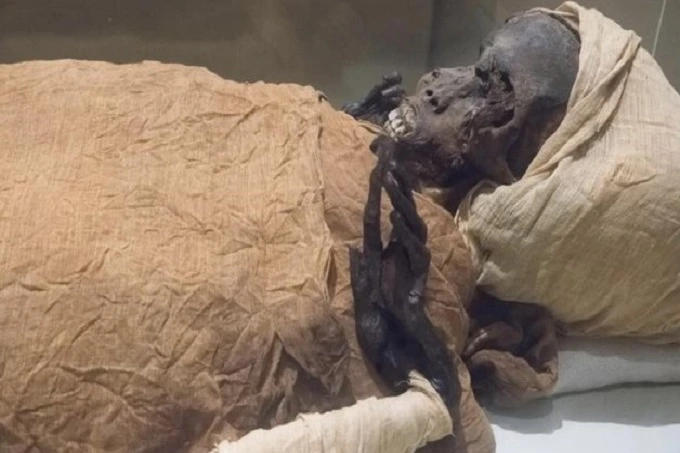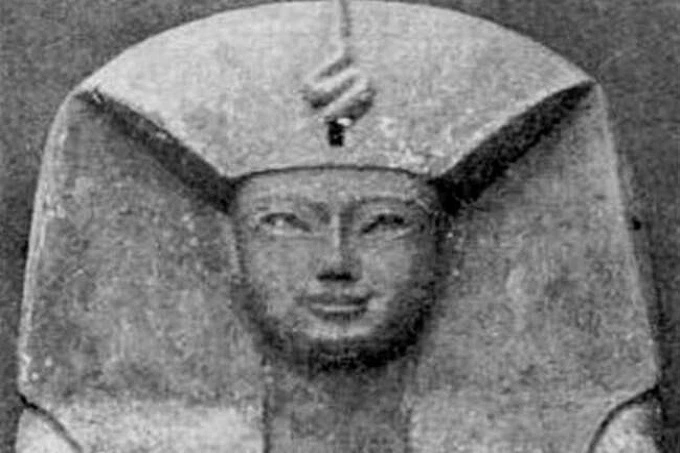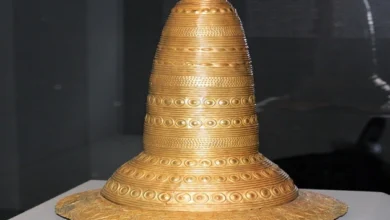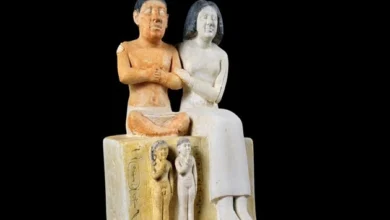The mystery surrounding the death of Seqenenre Tao has been revealed

It was not until 1881 that the mummy of the Egyptian Pharaoh Seqenenre Tao was discovered on the western coast of the Nile River. He was a highly significant figure in the history of Egypt, as he was the one who initiated the fight with the people who had conquered the lands that had formerly belonged to his people. During their examination of the mummies, the researchers discovered that the Pharaoh suffered multiple strikes to the head before his death, which occurred when he was probably 40 years old.
One of the theories is that members of his own community murdered him while he was asleep. Scientists recently looked at his body with state-of-the-art tools and found out exactly what killed him. He was a really tragic and cruel person. In the context of this post, we would want to investigate the final moments of the life of the great Pharaoh and find out what transpired during those times.
Hyksos in Egypt
Egypt was in an incomplete state in the 18th century before the common era. The people of Asian descent, known as the Hyksos, managed to take control of a portion of it. They established their new government in the city of Avaris and demanded tribute from the Egyptians that they had conquered. The people who lived in Egypt eventually picked up the skills necessary to construct chariots and bows on par with those of the more advanced Hyksos. The Pharaoh Sekenenra Taa II, who governed Egypt from 1569 BC to 1554 BC, was the leader of the military wars that broke out at this time. The bones show that he was caught and then put to death during one of the battles.
The findings of a study that was carried out in the 1960s provide evidence for this claim. The mummy was X-rayed, and the results revealed that his head bore the scars of at least five different injuries. There were no injuries discovered in any other areas of the body. Based on this information, researchers have suggested that the Pharaoh was murdered by his subjects while sleeping. But there was no justification for such a heinous act of murder. The cause of the Pharaoh’s death was a mystery for a long time, but recently, the truth behind the tragedy was made public. King Seqenenre Tao endured extreme pain in his final moments of life.
Cause of death of the Pharaoh
Recently, Egyptian researchers put a mummy through a tomograph, a device that provides an internal view of an object without the need for an autopsy. The research unearthed a few fascinating details about the Pharaoh, including the following:

- he passed away when he was in his 40;
- The brain of the deceased was not removed throughout the mummification process and was eventually moved to the left side of the skull;
- Because his wrists were bound behind his back, he could not put up a fight when he was being put to death.
- There were multiple hits to the head, and a different weapon inflicted each one. Ultimately, this resulted in the victim’s death.
By concentrating on these facts, the researchers were able to reconstruct the Pharaoh’s final few minutes of life. The interpretation of death occurring in a dream was considered unreliable because the ruler was restrained. It is quite possible that he was taken prisoner in one of the fights. His assassination was carried out by a group of individuals, each of whom approached it from a unique angle. The frontal bone was broken due to a hit to the area that could have been from an axe or a sword. Another blow was delivered with an axe to the superciliary arch, and it took place simultaneously. There are also signs of blows to the left ear, jaw, and nose, which may be seen here. The death of Seqenenre Tao was awful, and numerous people using a variety of weapons were involved in the killing.

Due to the poor state of preservation of the body of the Pharaoh, the researchers concluded that some time had gone between the Pharaoh’s death and the beginning of his embalming. As soon as he had passed away, he was found lying on his left side, which can be deduced from the fact that his brain had moved to the left side of his skull.
Because the Pharaoh passed away in a location other than his home, his body had to be transported to the city before it could be embalmed. The actual process of embalming was carried out with great care; however, it is a mystery as to why his people did not remove the brain.
Historians believe that the passing of Pharaoh Seqenenre Tao may have motivated his people, the Egyptians, to oppose the invaders with even more zeal. It is a well-known fact that Ahmose I, his son, was the only one who was successful in defeating the Hyksos. He was the one who triumphed over the hostile city of Avaris as well as the Hyksos strongholds. Following the triumph, he ascended to the throne of the New Kingdom as its first Pharaoh. This is the name given to the time in ancient Egyptian history when the country possessed its greatest military power.




